Dutch coffee is a unique brew that’s made by slowly extracting coffee with cold water. This method results in a distinctive flavor and aroma that offers a delightful experience for coffee lovers. Learning how to make this coffee at home will undoubtedly elevate your cafe time. Don’t worry if you’re new to this; we’ll introduce you to easy recipes and the tools you’ll need, so stick with us until the end!
What makes Dutch coffee so appealing are its rich history and the reasons behind its growing popularity. The slow extraction process creates a mellow and deep taste that once experienced, is hard to forget. We’ll delve into the details of this intriguing brew, packed with information to help you take your first steps into the world of Dutch coffee. Get ready to be inspired!
- Explore the allure and history of Dutch coffee
- Detailed guidance on the necessary tools and selecting beans
- Simple recipes and creative variations to try
What is Dutch Coffee? Its Allure and Characteristics
Dutch coffee is a unique style of coffee made through a slow extraction process using cold water, and its distinct flavor has garnered a dedicated following among coffee enthusiasts. Unlike traditional coffee, Dutch coffee takes its time to brew, resulting in a smooth and deep taste. In this section, we’ll dive into the history of Dutch coffee and explore the reasons behind its popularity, so sit back and enjoy!
The History of Dutch Coffee
The origins of Dutch coffee date back to the 17th century in the Netherlands. At that time, coffee was gaining attention in Europe as a new beverage. In the Netherlands, people started brewing coffee using a cold-water extraction method to enhance its flavor. This technique allows for a gradual extraction of the coffee’s components, resulting in its unique taste.
Typically, Dutch coffee is brewed over ice, leveraging the cold water to not only reduce acidity but also to bring out a mellow profile, making it especially popular on hot summer days. With such a rich history, Dutch coffee has become a beloved drink enjoyed worldwide.
- The origins of Dutch coffee trace back to 17th century Holland
- Unique flavor profile derived from cold-water extraction
- A popular choice for hot weather
Why is Dutch Coffee So Popular?
The popularity of Dutch coffee can primarily be attributed to its taste. Many people find it smoother and easier to drink compared to regular coffee. Its mild flavor, with less bitterness, makes it an excellent option for those who may not typically enjoy coffee. Additionally, its refreshing and crisp profile is perfect for hot days.
Another appealing aspect of Dutch coffee is its simplicity in preparation at home. With the right equipment, anyone can easily give it a try. You can also choose your favorite coffee beans, adding a personal touch to your brew, which opens up new avenues of enjoyment for coffee lovers. For these reasons, Dutch coffee has captured the hearts of many.

If you’re interested in this topic, be sure to check out our article on “How to Choose and Brew Aromatic Coffee: A Comprehensive Guide for Beginners.” It offers detailed insights on selecting and brewing aromatic coffee, providing new tips to enhance your Dutch coffee experience.
- The smooth taste of Dutch coffee is a major draw
- Easy to make at home
- Customizable with your favorite beans
Essential Tools for Making Dutch Coffee
To enjoy Dutch coffee, you’ll need a few special tools. Don’t worry—these items are easy to find, even for beginners. In this section, we’ll dive into the basic equipment you’ll need to brew Dutch coffee, as well as the types of coffee beans that work best. With this guide, you’ll be able to savor authentic Dutch coffee right at home.
List of Required Equipment
When making Dutch coffee, having the right equipment is essential. First and foremost, a dedicated Dutch coffee brewing device is highly recommended. This tool is specially designed for extracting coffee with cold water. You’ll also need a grinder for your coffee beans and a container to catch the brewed coffee. With these tools in hand, you’ll find the process of making Dutch coffee goes much smoother.
Additionally, a thermometer for water temperature and a timer to keep track of brewing time can be very helpful. Using these tools will help you achieve the ideal extraction, enhancing the flavor of your coffee.
- Dedicated Dutch coffee brewing device
- Coffee grinder
- Container for brewed coffee
Choosing the Right Coffee Beans
The type of beans you use for Dutch coffee has a significant impact on the flavor. Generally, coffee beans with a medium roast are recommended. Dark roast beans can introduce strong bitterness, while Dutch coffee typically calls for a smoother taste. Therefore, beans that are lightly roasted to medium roasted are the best choice. Additionally, selecting beans with fruity aromas and flavors will make your cold-brewed coffee particularly delightful.
The variety of beans you choose can greatly alter the taste of your Dutch coffee, so enjoy the journey of finding the beans that match your personal preferences. This exploration will enrich your coffee experience even more.
- Medium roast coffee beans are ideal
- Choose beans with fruity aromas for a better flavor
- Enjoy the variety of flavors based on different bean types
A Step-by-Step Guide to Making Dutch Coffee
To fully appreciate the charm of Dutch coffee, there’s no better way than to make it yourself. In this section, we’ll walk you through the basic extraction method along with a few fun variations. It might seem a bit daunting at first, but the process is actually quite simple and enjoyable. Let’s get ready to savor authentic Dutch coffee right at home!
Basic Extraction Method
First, let’s go over the fundamental extraction method for Dutch coffee. Once you have the necessary tools, start by grinding your coffee beans. A medium grind is ideal for this. Next, place the ground coffee in your brewing apparatus and slowly pour in cold water. A good rule of thumb for the coffee-to-water ratio is about 1:4.
Once all the water has been poured, the extraction process begins. This will take approximately 6 to 12 hours, so be patient! As time passes, the flavors of the coffee will gradually infuse. While you wait, feel free to enjoy some other activities. When it’s ready, pour the coffee over ice in a glass and delight in its rich flavor!
- Use medium-ground coffee beans
- Aim for a coffee-to-water ratio of 1:4
- Extraction time is about 6 to 12 hours
Creative Variations to Try
While Dutch coffee is delicious on its own, adding a few twists can enhance your experience even further. For instance, incorporating milk or cream can add a wonderful creaminess, making it easier to drink. You can also sweeten your brew with vanilla syrup or caramel sauce for a dessert-like treat.
Additionally, consider experimenting with fruity additions. Adding orange or lemon peels can introduce a refreshing aroma, making it especially enjoyable during the hot summer months. Try out these variations and create your very own signature Dutch coffee!
- Add milk or cream for a creamier taste
- Sweeten with vanilla syrup or caramel sauce
- Introduce citrus peels for a refreshing aroma
Tips for Enjoying Dutch Coffee
To truly savor your Dutch coffee, it’s essential to consider how to store it and what foods pair well with it. Knowing some tips for preserving the flavor of your carefully brewed coffee and discovering ideal sweet treats to enjoy alongside can elevate your coffee experience. In this section, we’ll share insights on how to get the most out of your Dutch coffee, so read on!
Storage Tips for Longevity
Dutch coffee is crafted through a meticulous brewing process, so proper storage is key to maintaining its flavor over time. After brewing, it’s best to transfer your Dutch coffee to the refrigerator as soon as possible. Keeping it chilled helps preserve its flavor, allowing you to enjoy it at its best for about a week.
Additionally, opt for an airtight container when storing your coffee. Exposure to air can lead to oxidation, which diminishes the taste. On hot days, you can even enjoy your Dutch coffee as an iced beverage by adding ice—it’s a refreshing twist!
- Store in the refrigerator right after brewing
- Use an airtight container to prevent oxidation
- Iced coffee is a delightful option, especially on warm days
Food and Sweet Pairings
While Dutch coffee is delicious on its own, pairing it with sweet treats or snacks can enhance its flavor even further. For instance, chocolate desserts complement the coffee beautifully, with dark chocolate particularly enhancing the deep notes of the brew.
Light pastries like fruit tarts or chiffon cakes also pair well, creating a delightful balance between sweetness and the coffee’s bitterness. For a savory touch, consider snacks like nuts or cheese. Enjoying Dutch coffee alongside these foods can turn an ordinary moment into a special occasion.
- Pairs wonderfully with chocolate desserts
- Fruit tarts and chiffon cakes create a perfect harmony
- Nuts and cheese make great savory snacks
Conclusion
By learning how to make Dutch coffee, you can now easily enjoy authentic coffee at home. First, understanding the basic extraction methods, the necessary tools, and how to select the right beans sets you up to create a cup tailored to your taste. Additionally, knowing how to store your coffee and what sweets pair well with it can enhance your coffee experience even further.
Dutch coffee is appealing for its unique flavor and the enjoyment it brings, making it a drink that beginners can easily try their hand at. We encourage you to experiment with different variations and savor your very own Dutch coffee.
- Master the basics of making Dutch coffee
- Choosing the right tools and beans is crucial
- Pairing with sweets expands your enjoyment
Why not try making authentic Dutch coffee at home? We’d love to hear your thoughts in the comments!


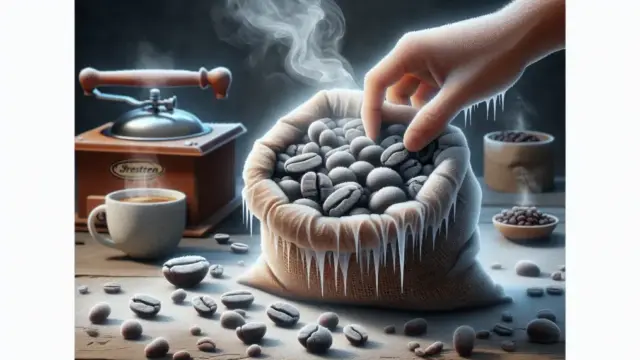

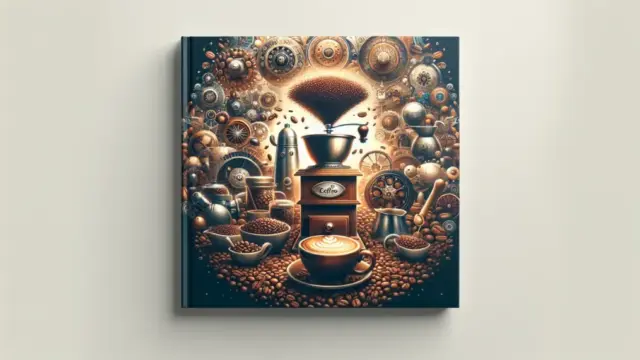




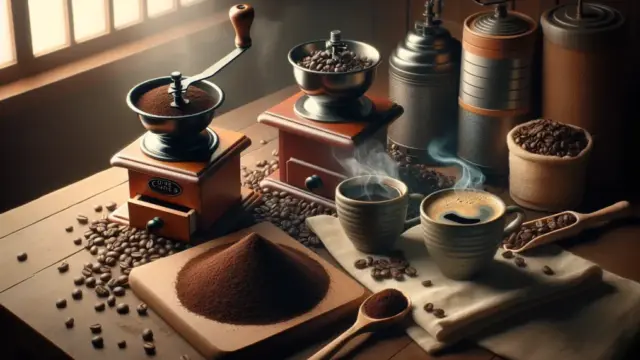

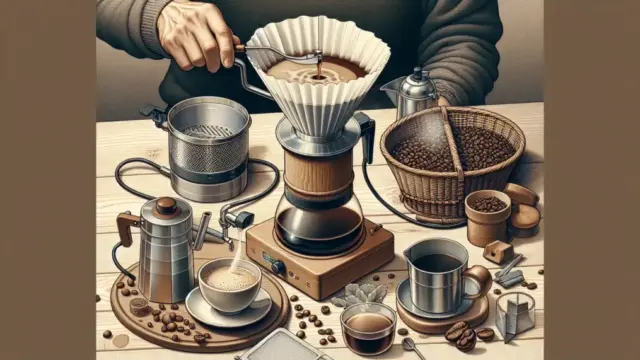




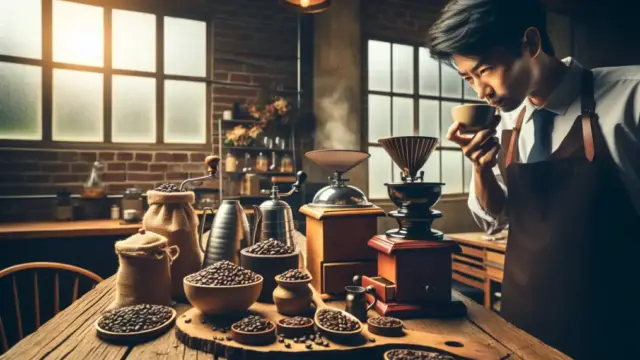
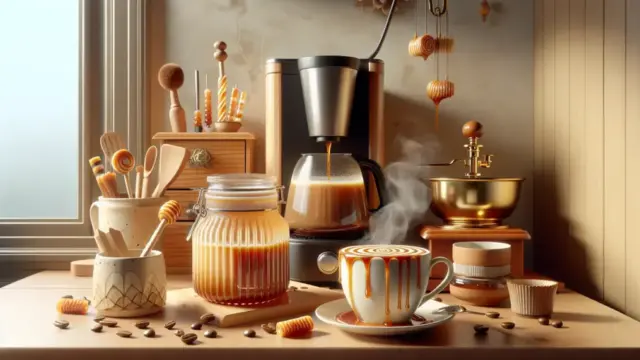





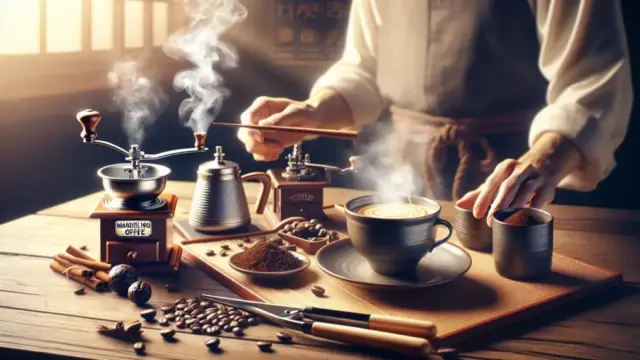






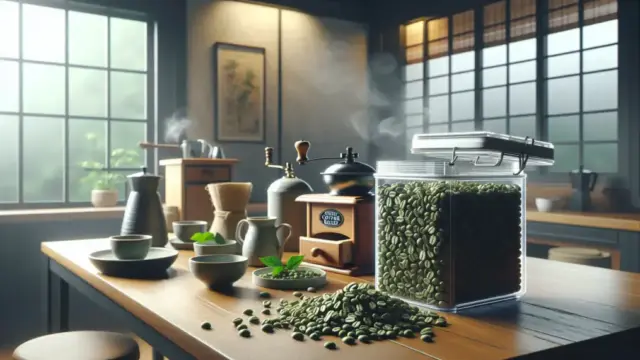




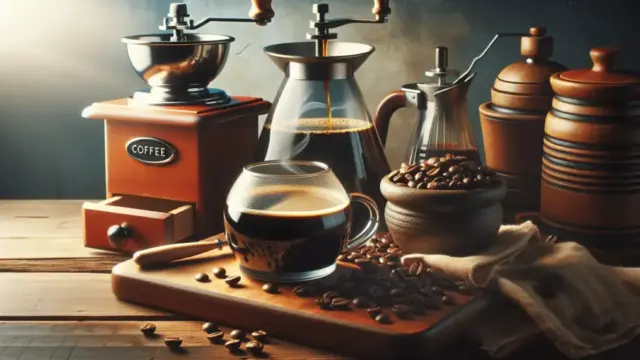








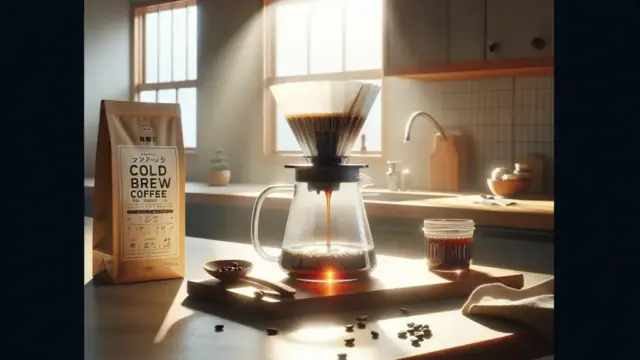

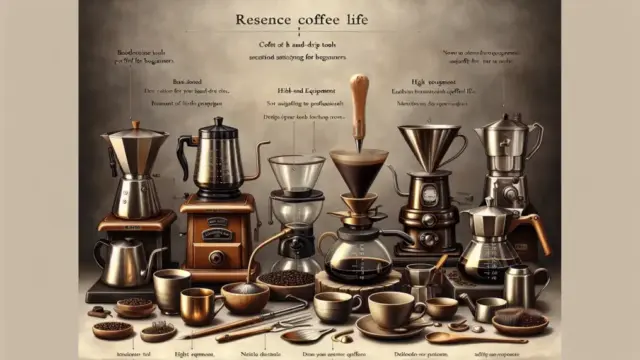













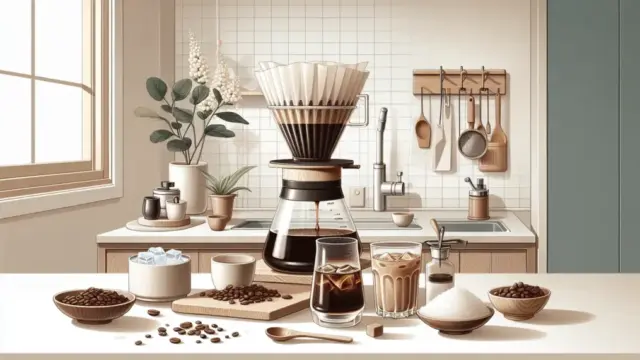
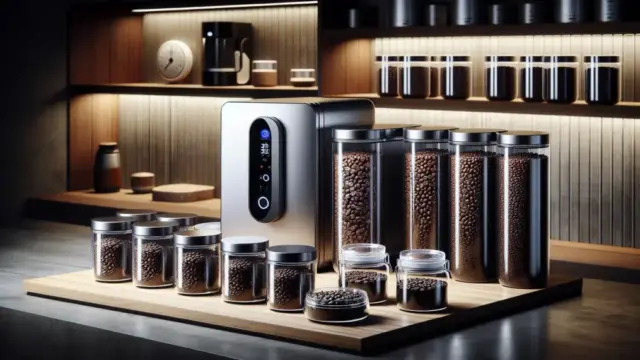
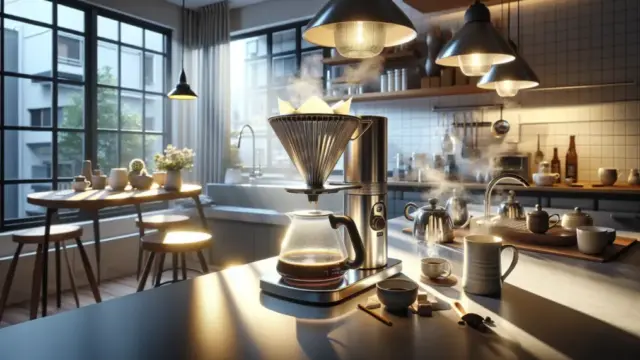




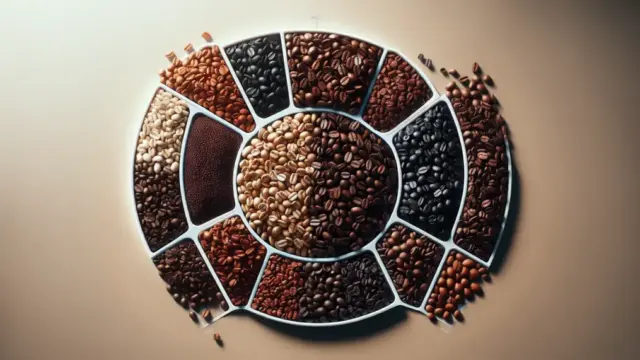






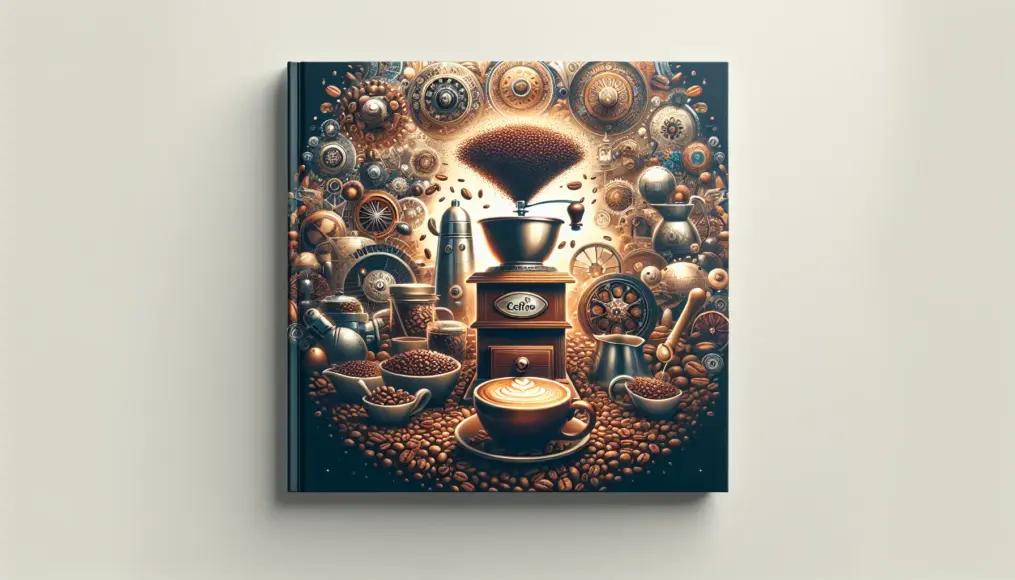
Comment